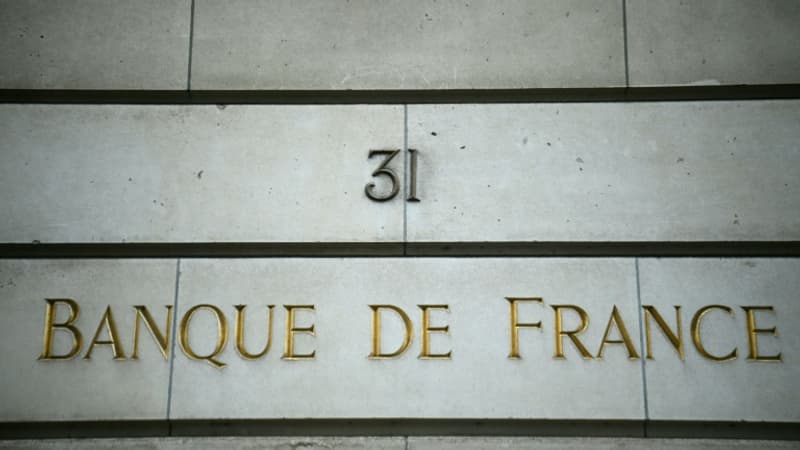French economic activity is expected to continue growing slightly in the second quarter as prices start to ease in the industry for the first time since the Covid crisis, the Banque de France said on Wednesday. Between April and June, the gross domestic product (GDP) would be “slightly up” compared to the first quarter when it had increased by 0.2%, according to the central bank.
“In April, activity progressed in the three main sectors: industry, services and construction,” said Olivier Garnier, general director of statistics, studies and international affairs at the Banque de France, presenting the institution’s monthly survey. It benefited in particular from a rebound effect in sectors affected by the strikes against the pension reform in March, such as transport and energy.
Then, activity should stabilize in May in services, while industry and construction should fall, anticipations partly attributable to the more numerous holidays that month. For the year as a whole, the Banque de France continues to expect GDP growth of 0.6%, lower than the government forecast (1%) and much lower than the 2.6% recorded in 2022.
“Change of trend”
“Last fall, there were fears of a recession after the invasion of Ukraine; it’s good news to only have this slowdown,” Banque de France Governor François Villeroy de Galhau said on Wednesday in an interview with the regional newspapers of the Ebra. cluster. In a context of inflation that remains high, at its highest level in almost four decades, this modest resistance to growth is accompanied for the first time since the summer of 2020 by a relaxation of prices in the industry.
Manufacturers believe prices for raw materials are falling and stabilizing for finished products, according to the business survey of some 8,500 companies from April 26 to May 4. “We clearly see a turnaround in producer prices in the manufacturing sector,” explained Olivier Garnier.
“This is not yet the case for sales prices in services and construction, but this tends to confirm our initial scenario of a drop in inflation, to the level of consumer prices, during the second half of 2023,” said. My dear.
Top
In the regional press, the institution’s governor, François Villeroy de Galhau, estimated that inflation was “going through its maximum point.” The rise in consumer prices reached 5.9% annually in April, according to the National Institute of Statistics (Insee), now driven by food prices that are experiencing double-digit increases and have ousted energy as the main engine . The Banque de France estimates that it should fall to 4% at the end of 2023 and then return to around 2% at the end of 2024 or 2025, also under the effect of the interest rate hikes decided by the European Central Bank (ECB). .
“Food inflation will normally happen what happened to energy inflation: the reversal of world prices, in this case agricultural prices, should have an effect on consumer prices a few quarters late, with a significant deceleration in food inflation during the second half of the year,” said its governor. In order to push them to move faster the declines in certain raw materials, the Ministry of Economy meets this Thursday with the pesos heavyweights of the distribution A meeting with the manufacturers is scheduled later.
Among business leaders surveyed by the business trend survey, 13% said they increased their industry sales prices in April, much less than a year earlier (49%). In the food industry, the proportion fell from 53% to 19% in one year. There was also an improvement on the supply front, which had been hit hard by the Covid crisis. “In industry, most of these difficulties are clearly behind us,” said Olivier Garnier.
Source: BFM TV


